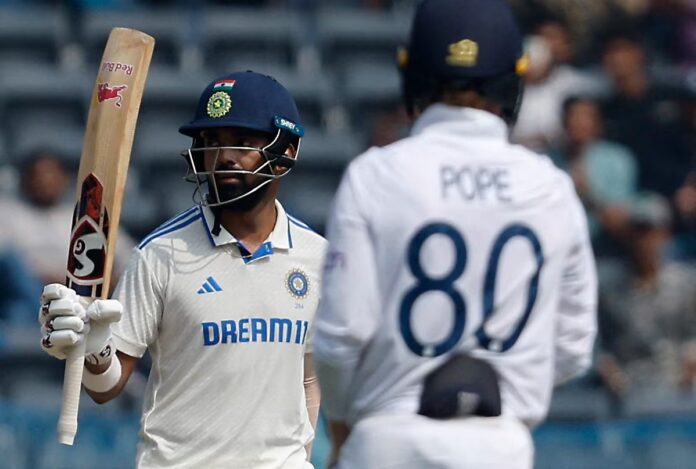The seamen would treat the ball as though it were a priceless find, and he would wield it like a sword when the chance presented itself. On Saturday, January 27, 2024, at Rajiv Gandhi International Cricket Stadium in Hyderabad, during the third day of the first test match between India and England, Jasprit Bumrah of India celebrates after taking England’s Ben Duckett’s wicket.
Following a two-over over, Jasprit Bumrah was given the new ball. As soon as R Ashwin took his turn, Rohit Sharma summoned Axar Patel in from the opposite end. Bumrah would alternate between mid-on and short fine-leg, taking advantage of every chance to shine the ball quickly—sometimes in as little as five or ten seconds. He would indicate to the person holding the ball which side of it should shine by pointing to the BCCI insignia on his t-shirt while he was standing at fine-leg without the ball in his hands.
Bumrah would observe calmly from his perch for the next 13 overs as England’s top-order effectively used the reverse-sweep to stymie India’s spin trio’s intentions. Frequently, he would stroll and have brief conversations with Ashwin and Rohit, utilising those opportunities to visit the red-cherry.
Bowlers have found it difficult to find reverse swing because Indian grounds, such as the one in Hyderabad, typically feature lush green outfields and because the ICC forbade players from shining the ball with saliva. The ball is not readily scratched up. However, the most renowned and revered reverse-swing spells have all been performed on Australia’s green baizes. similar to Sarfraz Nawaz in 1979 and Imran Khan in 1977 at the MCG. However, there isn’t much space for a reverse swing if the ball isn’t properly maintained. India handled the ball with extreme care because of this.




























